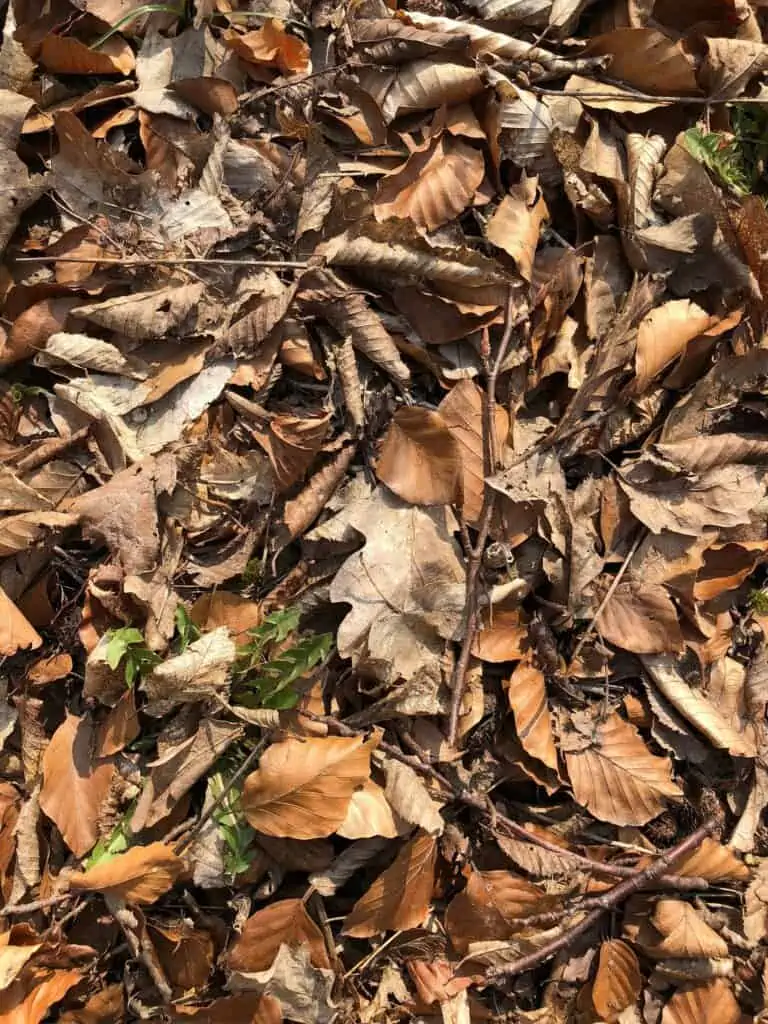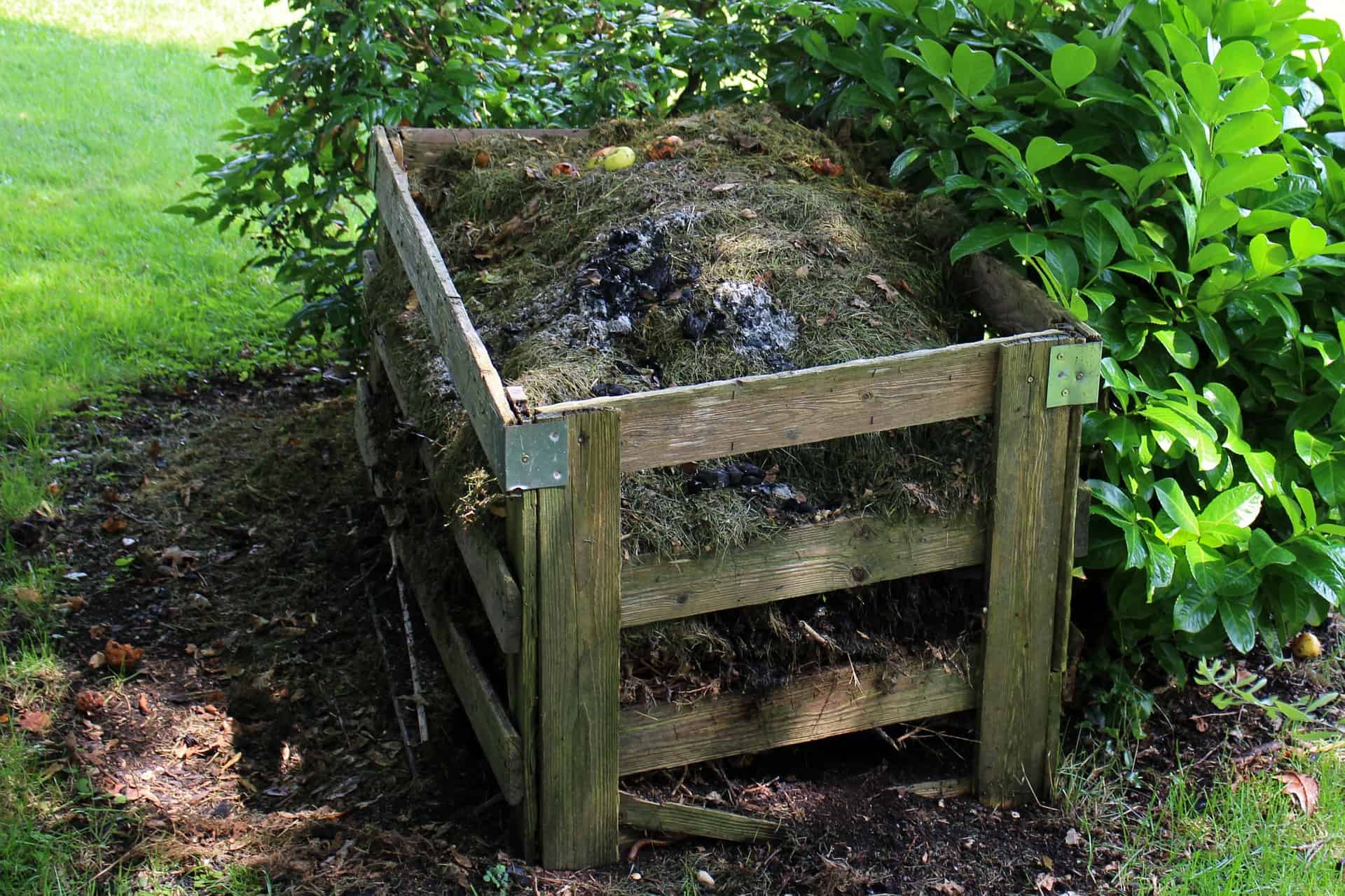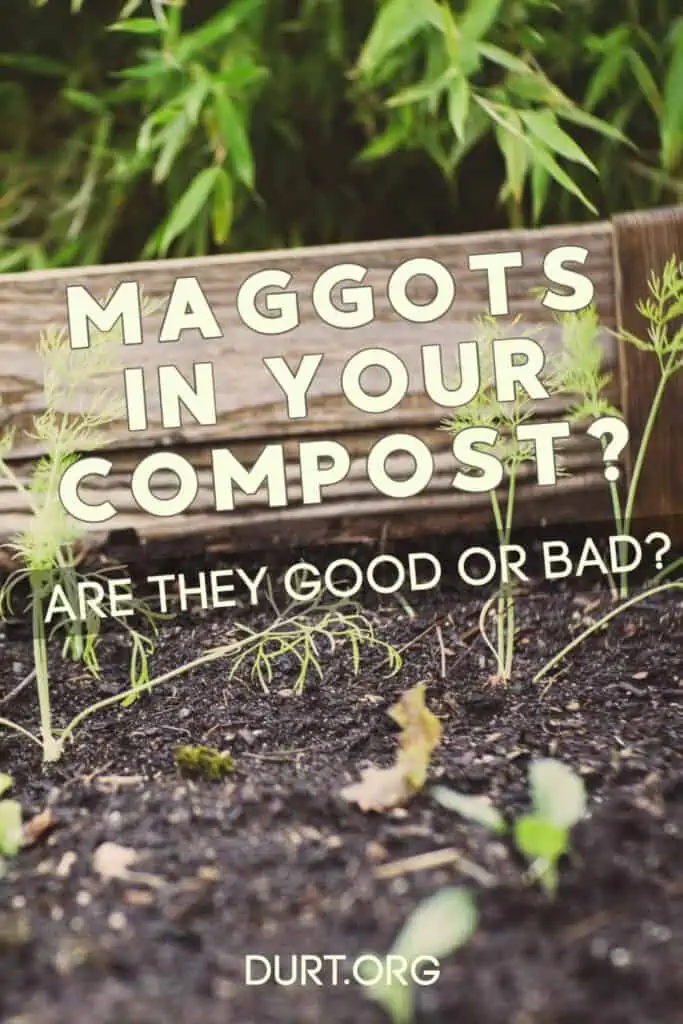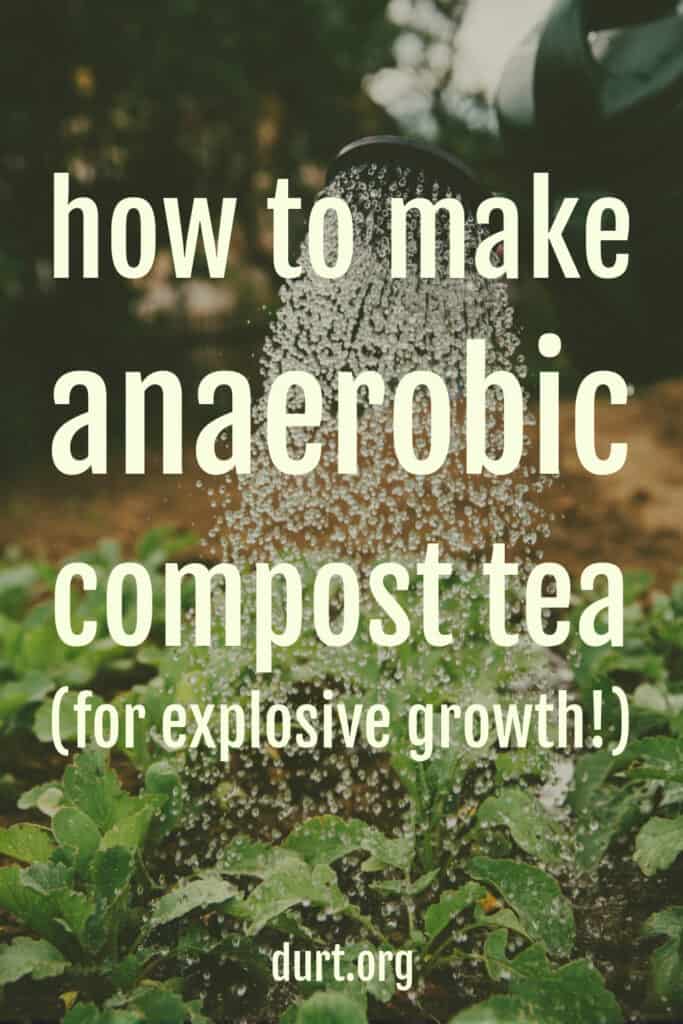As an Amazon Associate I earn from qualifying purchases.
Mother nature has been composting deal animals for millions of years. Every time an animal has died, it has made it back to the soil through decomposition. Until humans go into the mix. Now, however, people are trying to keep the natural order of the world running as smoothly as possible, many are wondering about the feasibility of composting dead animals such as roadkill in the garden compost pile.
The good news is that you can do it.
Most dead animals can safely be composted into a usable soil amendment within 4-6 months. However, taking precautions to reduce the smell, presence of pathogens, and scavenger activity is necessary for success.
And it’s not only deal moles and rats that can be composted. People have been successful at composting animals that weigh up to 30,000 pounds (a whale) and thousands of roadkilled deer/elk and deceased livestock are composted every single day around the world. In fact, the interest in composting dead animals has even extended to humans so, if that appeals to you more than resting in a fancy box, check out this article!
However, I hope you’re not here to learn how to compost a person, I can’t tell you anything about that, sorry. However, after finding a dead raccoon in my backyard, I did a ton of research while deciding whether or not I should add it to my compost pile. Let’s talk about what I learned….everything from roadkill to humans can be successfully composted
7 Problems With Composting Dead Animals
Most composting guides will tell you right up from that you shouldn’t be composting any sort of animal product. Meat is out, dairy is out, bones, are out, etc. I’ll be the first to let you know that their concerns aren’t baseless. There are valid reasons to avoid composting animals and animal products. Whether or not it’s enough to stop you, I’m not sure. But let’s address some of the issues:
1. The Smell
This is the most common objection. The idea is that having an animal or meat product is going to smell like roadkill on the side of the road. While it definitely has the potential to stink, if you add it to your compost in the proper way and keep your pile balanced the smell should be minimal.
2. It Attracts Scavengers
Inviting hungry critters (or bears…) into your pile is a major concern for many backyard composters. While I personally don’t mind if a stray cat starts eating my composting scraps, I don’t want a line of rats, foxes, or even bears frequenting my yard. This concern and its solution are closely related to smell. Managing the pile correctly will greatly decrease the possibility of hungry-critter-visits.
3. It Boosts Pathogenic Activity
There is the longstanding idea that some compost is suitable for gardens and some (such as mortality compost) are suited only for flowers and ornamental vegetation. Many people object to composting dead animals because they think there will be a large number of detrimental pathogens that will thrive and make it into your soil. While it’s true that there is increased pathogen activity, if you get your compost pile hot enough and let it go long enough, there is very little danger in adding it to your garden.
4. It Can Be Harmful To Water Quality
The number of pathogens in a compost pile will be highest will the animal is still breaking down. There is a valid concern that, during this time, you might have water runoff that will get into your water supply or the underground water supply. Be very aware of where you place your pile so as to avoid runoff ending up somewhere you wouldn’t want it.
5. It Can Be Harmful To Water Quality
The number of pathogens in a compost pile will be highest will the animal is still breaking down. There is a valid concern that, during this time, you might have water runoff that will get into your water supply or the underground water supply. Be very aware of where you place your pile so as to avoid runoff ending up somewhere you wouldn’t want it.
6. Animals Take Forever To Break Down
Despite what many people think, adding a dead animal to your compost pile can be a great way to speed up production. In fact, a small dead animal in the center of a new pile can kickstart the “cooking” process and start the ball rolling. Most animals will be totally broken down in 4-6 months, leaving behind only large bones.
7. It Disrupts The Natural Cycle
Yes, maybe so. In nature, a large portion of breaking down dead animals happens in the digestive tracks of scavengers. Unless you’re allowing vultures and coyotes into your compost, you’re relying on microbes to do all the heavy lifting. While this is true, in many cases it is the optimal way of dealing with a carcass that would otherwise rot on the side of the road or end up in a landfill.
As you can see, most of the concerns associated with composting dead animals are superficial issues that are easily overcome. That’s not, however, to say that they aren’t valid. If you go about this process incorrectly you can easily end up with a pile that is teeming with pathogens and knocking your socks off with stench.
So let’s get into the right way to do it.
6 Tips For Adding Dead Animals To Your Compost
Composting a deceased animal is much the same as composting anything else that has the potential to stick and attract animals. If you are familiar with the basics of composting, follow the best practices and implement these tips and you’ll do fine:
- To compost more quickly and with less smell, an animal (particularly a large animal) should be cut up or quartered. If this is something that you can’t face, be sure to as least lance the animal’s belly area. Poking a hole or making a small slice is usually sufficient. If you don’t, the composting bacteria can’t quickly penetrate the skin which leaves the entrails to rot. The rotting typically leads to bloat which will release an extremely unpleasant smell, particularly when the swollen animal ruptures.
- You should place the animal in the very center of the pile, buried as deep as you can. In fact, many people who compost sizable animals will bury them in the ground and start a pile on top of it. Burying it allows it to be in the hottest area of the compost and will reduce the chances that it stinks and attracts predators.

- Adding lots of browns to counteract the green/wet nature of the animal is essential to keep your pile balanced. Wood chips are a common additive for this purpose. Adding a layer of wood chips below the carcass will balance the carbon/nitrogen ratio and allow more air into the pile. Another common trick is to cover the top of your pile with leaves (up to a foot thick). This traps the smell, discourages predators, keeps your pile from drying out, and insulates it so it warms up faster.
- Don’t turn your pile too much. Believe me, you don’t want to be turning your pile and scoop up half of a composted fox. The typical interval for turning your compost pile is every 4-5 weeks but, in this case, go longer. Get a composting thermometer and don’t turn your compost pile until it starts cooling down inside. Once it does, utilize an aerator to see if you can heat it back up without turning. In commercial composting of roadkill, the piles are not turned at all but left for 4-6 months untouched.
- Don’t add it straight to your garden. Although the animal will mostly disappear in 4-6 months, the general consensus is that it takes around a year to have a usable compost product if you included an animal. Personally, I only add animals and animal products to one of my compost piles and spread it in my garden in the fall after harvesting. This allows it to age longer (and the pathogen levels to drop) and I have never had an issue.
- Redo bones. It’s likely that large bones will be leftover when your compost is “done.” If you want to continue breaking them down, just add them to your new pile and the process will continue.
As is probably obvious at this point, composting a dead creature is mostly common sense. Employing a few good practices will virtually guarantee success. However, if you don’t have multiple piles, don’t have a hot compost pile, or simply don’t feel like dealing with a deal creature in your compost, there are a few other options.
Alternative Methods for Compost Meat & Bones
Bokashi composting is a method of “pickling” or fermenting products in an airtight environment. Using a pre-made bokashi system (with homemade bokashi bran) is a great way to compost items that you wouldn’t normally put into your compost pile. The main drawback to bokashi composting is the space. While this method can be very effective if you have a dead hedgehog or goldfish to compost, you probably won’t be taking care of livestock this way.
Trench Composting is the fancy gardener’s way of saying “burying.” Trench composting is a great way to deal with animals, smelly scraps, pet waste, and other things you don’t really want in your compost heap. This happens exactly the way it sounds. Simply dig a hole and bury the animal. Be sure to bury it deep enough that the smell is unlikely to escape and living animals won’t try to dig it up.
Adding a layer of woodchips under and around the carcass can also speed up the decomposition process and reduce the smell. Trench composting, when done correctly is very similar to bokashi composting in that you’re simply using the ground like a giant bokashi bucket.
One word of caution when it comes to adding sawdust: don’t overdo it. While it is integral for keeping the smell down and helping decomposition, breaking down the sawdust requires a large amount of nitrogen. Including too much can mean that the end result is either nitrogen-poor or that, in extreme cases, it had to leach nitrogen from the surrounding soil to finish breaking down.
Are Dead Animals Good For The Soil?
At the end of the day, is composting animals simply a party trick? I’ve read of people composting odd things such as furniture simply to prove that they can but I’m don’t compost for sport. The purpose of my composting is to amend my soil and produce more food. So what benefits does a decomposed animal have for my dirt?
There are many benefits that come to your soil and compost from a dead animal. However, most of them are because they amend the soil, not necessarily because they fertilize it. While the decomposition will release a number of nutrients, creating a greater mass of compost is the main benefit.
Conclusion
Most gardeners feel, at the end of the day, that composting dead animals is possible but not worth the hassle. Having composted several dead creatures, I agree. If you have the space to do so, it is probably safer and easier to simply bury the creature away from your pile and allow nature to take its course. If, however, you are bent on adding it to your compost pile, it can be done! Just be safe!
Before composting any animal or attempting to gather animals to compost, be sure to check with your local laws. Also, be judicious in your attempts as dead animals may carry diseases and you alone are responsible for your health and well-being.
Other Articles You’ll Enjoy




